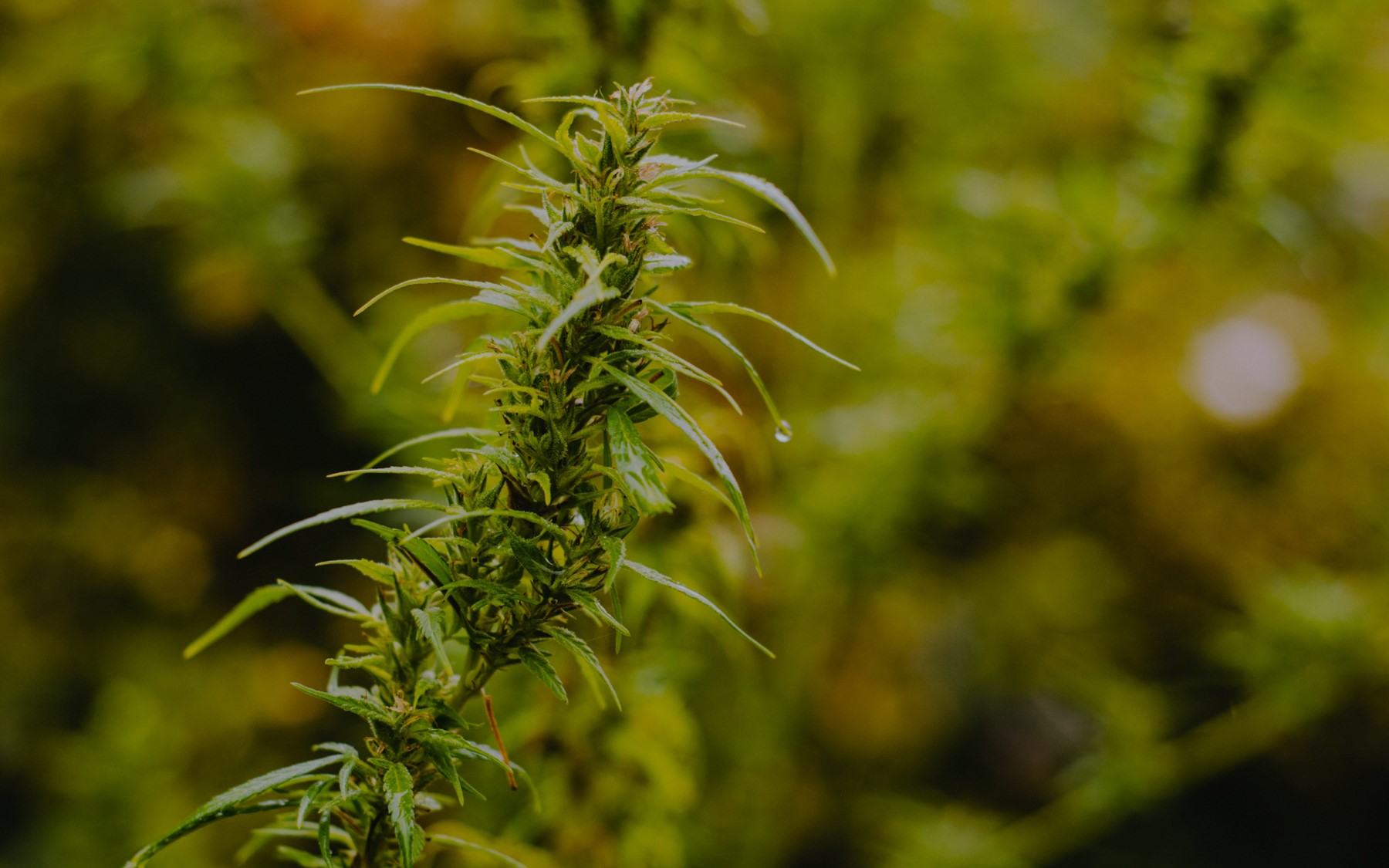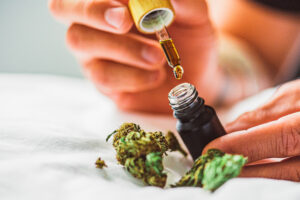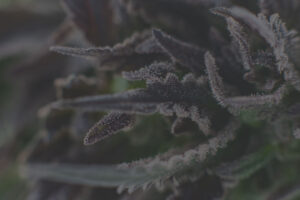Selective cultivation of plants and crops is one civilization’s oldest sciences. Since early civilizations, people have selected plants for their traits and qualities, in the interest of getting better yields, sweeter fruits, bigger vegetables, and other desirable qualities. These methods of selective breeding apply to cannabis cultivation, as well. Cannabis cultivators identify and isolate specific qualities they would like to reproduce on a massive scale, and breed plants carefully to harness or amplify certain traits in a new cultivar.
Cannabis pheno hunting (short for phenotype hunting) is the process of searching for specific qualities in various cultivars and selectively breeding them to yield the desired quality at scale.
What is Cannabis Pheno Hunting?
Pheno hunting is a term that abbreviates phenotype, which refers to the set of observable characteristics of an organism. Phenotypes could include the spots on a moth’s wing, the shape of a dog’s nose, the waxiness of a leaf on a tree, or even behavioral personality traits in humans. When it comes to cannabis, pheno hunting is the process of selecting phenotypes of a specific cultivar for mass cultivation. With pheno hunting, cannabis cultivators research a wide selection of cultivars to identify a plant with exceptional qualities, like their amounts of THC versus CBD, terpene quality, resin production, weight, flavor, aroma, or appearance. Through careful selection of qualities, cannabis cultivators can breed designer cannabis cultivars for mass production, ultimately creating new and distinctive cannabis experiences.
Stable vs. unstable cannabis seeds
Cannabis phenotypes can be compared to sister cultivars that share several family characteristics, but are distinct from one another. Cannabis seeds can be stable, which means they will have a uniform outcome, or unstable, where the seed will yield several different cultivars with different phenotypes. The stability of cannabis cultivar seeds depends on the breeder, and the hereditary inheritance that comes from the parent cultivars. Cannabis reproduction involves male and female plants, and the child cultivar inherits traits from both parents.
Cannabis Pheno Hunting Methodology
Identifying phenotypes in cannabis is an involved process, and generally requires growing cultivars to full maturity. Seeds and seedlings show very few phenotypic qualities, and to effectively identify and isolate phenotypes, plants should be at the vegetative stage of development, and qualities should be monitored closely and recorded in a log.
1. Starting with the cannabis seed
Though very few phenotypes can be observed at the seed phase of development, all the cannabis seeds should be labeled. This lets cultivators observe the development of phenotypes as they appear and maintain organization over the course of the plant’s maturation.
2. Gender identification
It’s important to identify the gender of the plant as soon as possible to keep male plants from fertilizing the female plants. Each cultivar is different, and growing conditions influence the speed of growth, along with the development of phenotypes. That said, plants generally begin pre-flowering around four weeks, and by six weeks, the gender can be identified in the pre-flowers. On average, the plants will fully flower around eight to 10 weeks, and the gender differences will be much more apparent.
Signs of male cannabis plants include:
- Gangly limbs and body structure
- “Stick-and-ball” shape of pre-flowers
- Dangling bulbs full of pollen sacs during flowering
Signs of female cannabis plants include:
- Shorter, bushier bodies
- Pear-shaped, ovate pre-flowers
- Hair-like fibers (pistils) extend from calyxes during flowering
Growers should separate males and females sooner rather than later to ensure no accidental pollination occurs.
3. Identifying phenotypes
Over the course of maturation, cultivators are looking for desirable qualities in their plants. Typically, growers begin the pheno hunting process with a specific phenotype in mind, and this helps growers focus their search during development.
Some common characteristics pheno hunters look for include:
- Trichome appearance: Different trichomes have different sizes and shapes. Trichomes can be short and squat, while others have long stems. Some are barely visible to the eye, and others can be roughly the size of kosher salt granules. Trichomes have a huge influence on the overall cannabis experience, so cultivators should pay special attention to the trichomes on the flower.
- Flower appearance: Cannabis flower varies dramatically in appearance. Flower can be fuzzy, bulky, hairy-looking, green, purple, brownish, textured, smooth, or anything in between. Flower indicates some of the clearest phenotypic distinctions on the whole plant.
- Plant structure: Some plants are tall and gangly, while others are short and bushy. Some have incredibly hardy stems and branches, while others are dainty. Take note of the distinct shape of the plant, down to the strength of the roots.
- Resin production: Though it’s sometimes difficult to observe visually, resin gives cannabis flower its stickiness. Feeling the exterior of flower for stickiness indicates its resin production, and is directly correlated with the potency of the cannabis.
- Aroma/terpenes: Terpenes exist in all plants, and are responsible for the distinctive aromas associated with pine trees, roses, citrus, and perfumes. As a result of the entourage effect, terpenes have an enormous influence over the cannabis experience. Note the quality of the flower’s aroma when identifying phenotypes.
- Maturation time: Different cultivars take different amounts of time to reach their harvest times. This is an important consideration for cultivators because when growing cannabis on a large scale, maturation time can make huge differences in production schedules.
- Resilience: Some cultivars can withstand more stress than others. When pheno hunting, pay attention to the plant’s sensitivity to temperature, its resistance to mold and pests, dependence on water, and other signs of strength.
4. Harvesting, drying, and curing
When the cultivar is fully mature and ready to harvest, dry, and cure the cultivar, the cultivator can further identify phenotype qualities. The fully-cured cannabis flower has a very different outward appearance than it did during the flowering stage, and the grower can likely spot characteristics that weren’t observable before. Additionally, consuming the finished cannabis product (via smoking, edible cannabis, or other means) can give insights into the overall cannabis experience, from taste to body feel.
5. Picking favorites and cloning
Once the cannabis cultivator has selected some favorite phenotypes, the cultivar can be cloned. At this point the remaining cultivars can be disposed of, and the next batch of seeds can be cultivated.
In pheno hunting, cultivars with the undesired characterics or the wrong gender need to be disposed of. To create a consistent product, it’s always better to err on the side of selectivity. Maintaining high standards in cannabis cultivation requires careful attention to detail, and as hard as it can be, pheno hunting requires the disposal of sub-optimal phenotypes.
High-Quality Cannabis, Carefully Cultivated
To experience the difference in quality methodical cannabis cultivation can yield, be sure to try our select cannabis cultivars. Happy Valley flower is grown at our Gloucester facility and meticulously cultivated for by our expert technicians. We take pride in products we produce. Be sure to visit one of our recreational and medical dispensaries in Gloucester and East Boston.




